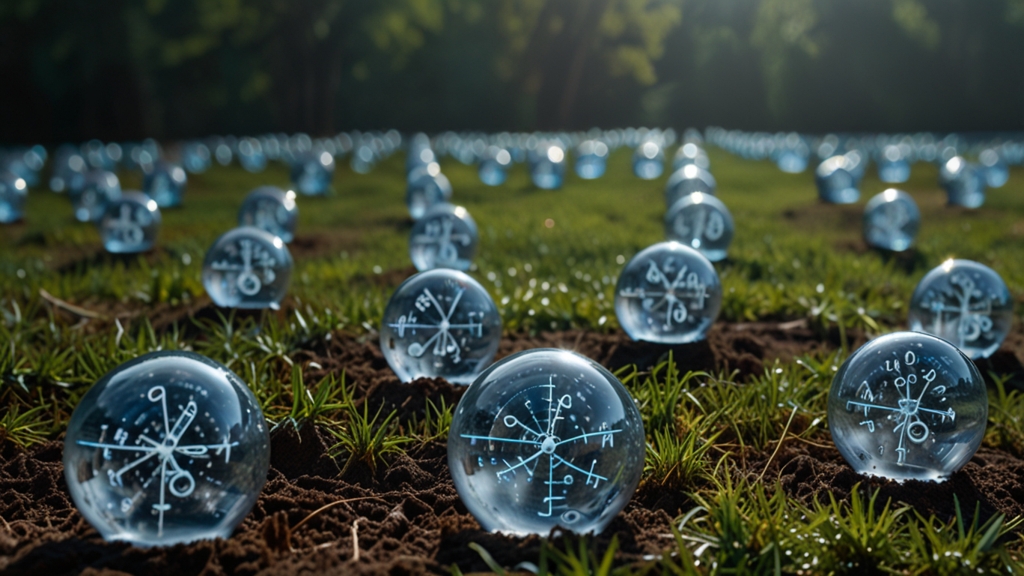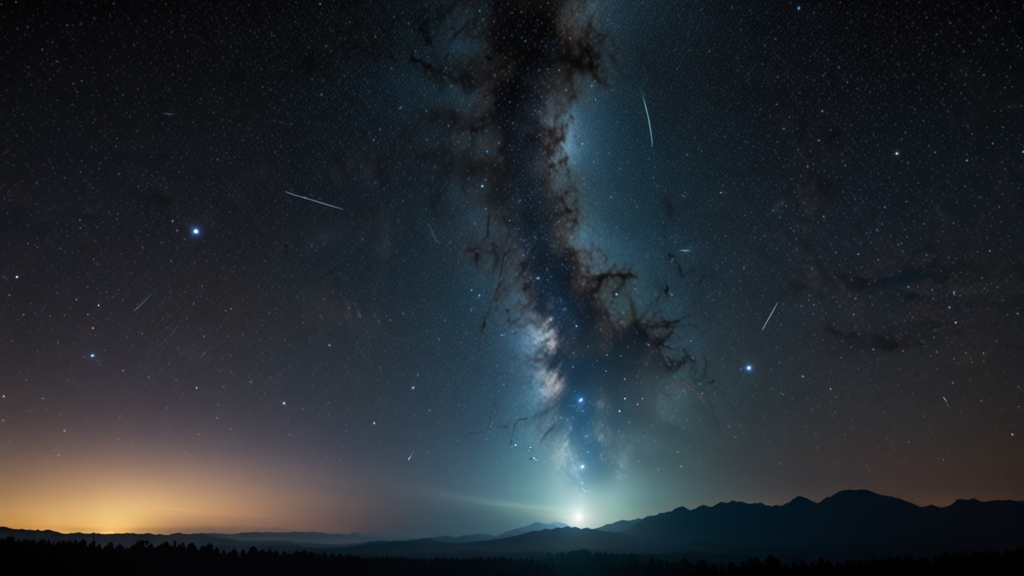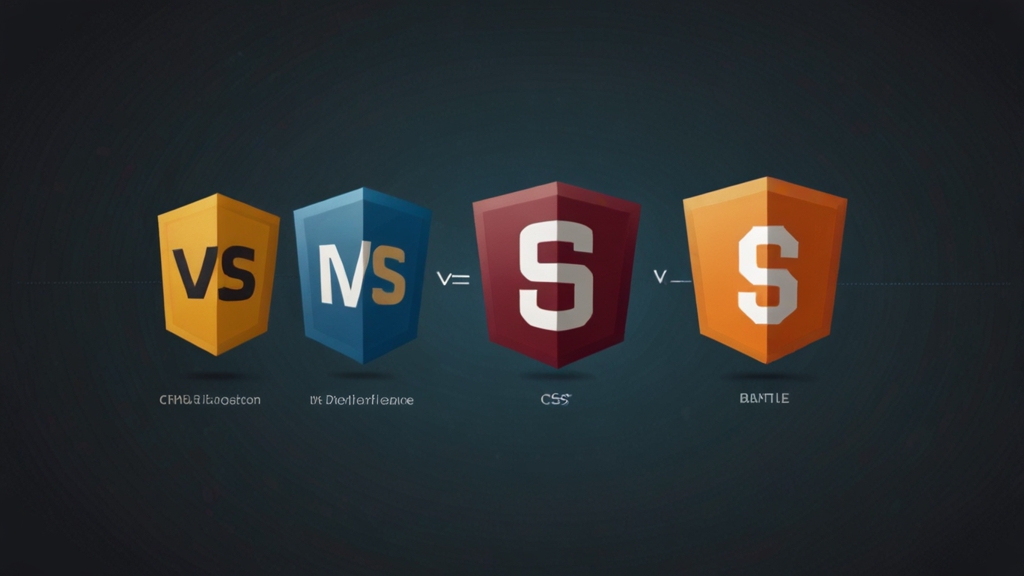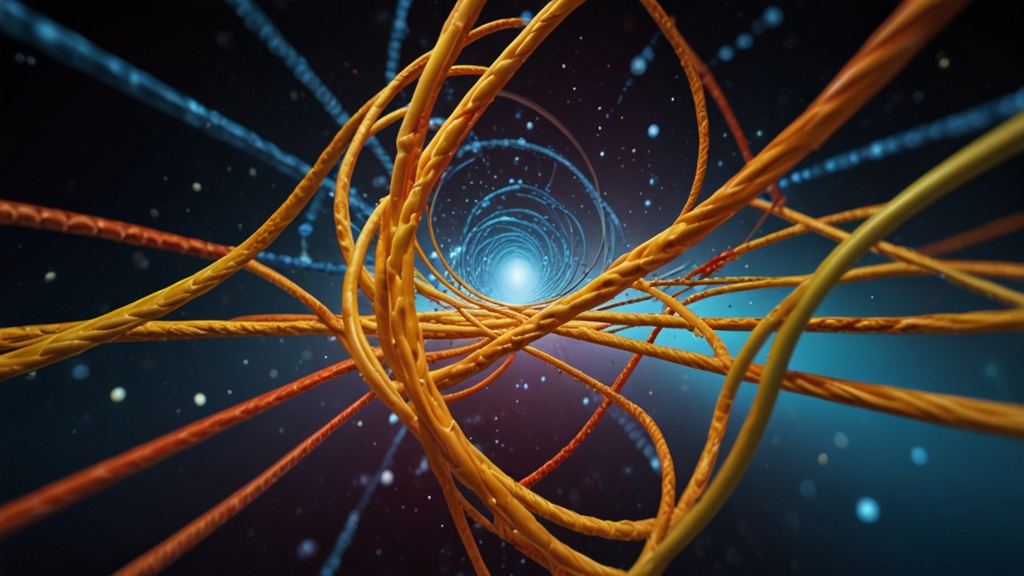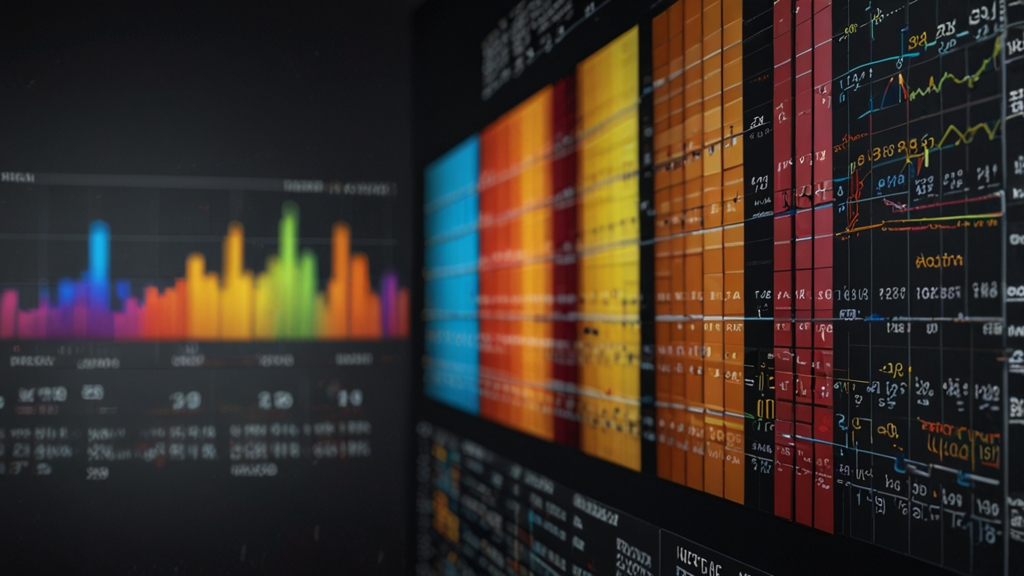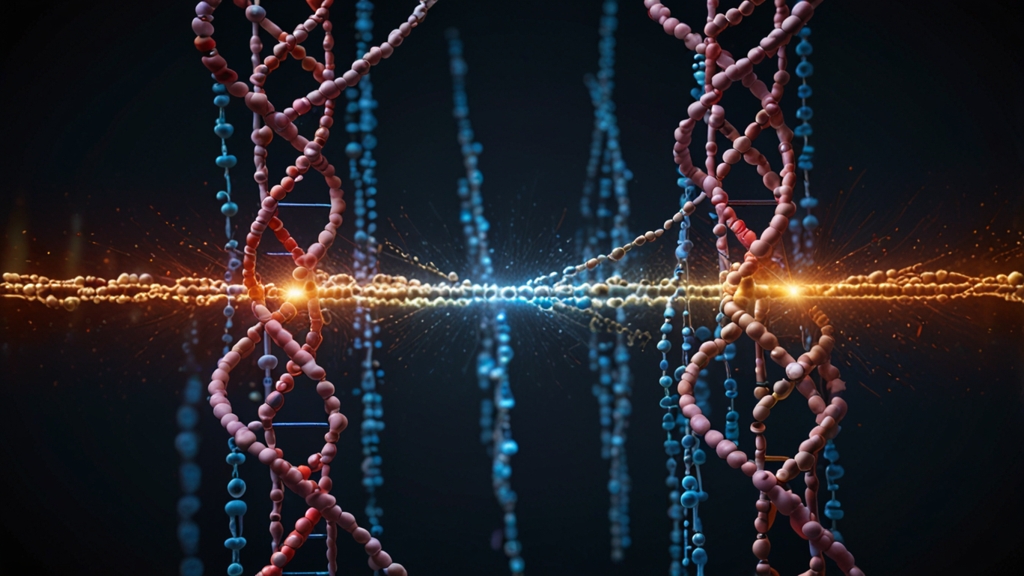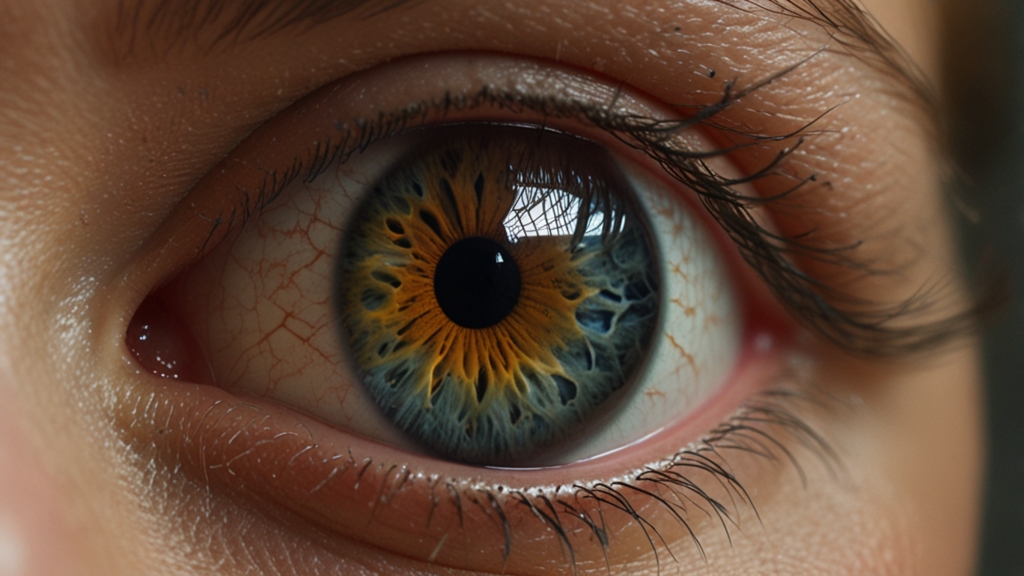10 Mind-Blowing Physics Experiments You Won't Believe
Physics is often regarded as the fundamental science, explaining the principles that govern the universe. Throughout history, numerous experiments have been conducted that have not only deepened our understanding but also left us in awe. Here, we present ten mind-blowing physics experiments that you won’t believe!
1. The Double-Slit Experiment
The double-slit experiment is a cornerstone of quantum mechanics. When particles such as electrons are fired through two slits, they produce an interference pattern on a screen as if they were waves. However, when observed, electrons behave like particles, not waves, collapsing the interference pattern. This experiment challenges our understanding of observation and the nature of reality.
"If you can explain this using common sense and a straightforward manner, you have done more than anyone else has managed." - Richard Feynman
2. The Michelson-Morley Experiment
Conducted in 1887, the Michelson-Morley experiment aimed to detect the “aether wind,” a medium through which light was thought to travel. The null result, showing no difference in light speed, led to the downfall of the aether theory and laid the groundwork for Einstein’s theory of relativity.
3. The Cavendish Experiment
In 1797-98, Henry Cavendish conducted an experiment to measure the force of gravitational attraction between masses. Using a torsion balance apparatus, he calculated the gravitational constant (G), allowing scientists to determine the Earth's mass and density with astonishing accuracy.
4. The Stern-Gerlach Experiment
In 1922, Otto Stern and Walther Gerlach demonstrated that particles such as electrons have quantized spin. When a beam of silver atoms was passed through a non-uniform magnetic field, it split into discrete parts, proving that spin is quantized rather than continuous.
5. The EPR Paradox
Proposed by Einstein, Podolsky, and Rosen in 1935, the EPR paradox challenges the completeness of quantum mechanics. It describes a situation where two particles become entangled, meaning the state of one instantly influences the state of the other, regardless of distance. This phenomenon laid the groundwork for the development of quantum entanglement and quantum computing.
6. The Pound-Rebka Experiment
Conducted in 1959, the Pound-Rebka experiment measured the gravitational redshift of light. By comparing the frequency of gamma rays at different heights, the experiment confirmed predictions made by Einstein’s general relativity, demonstrating how gravity affects time and light.
7. The Photoelectric Effect
Einstein's explanation of the photoelectric effect in 1905 provided strong evidence for the quantization of light. When light shines on a metal surface, it ejects electrons, but only if the light is above a certain frequency. This experiment showed that light consists of photons, leading to the development of quantum theory.
"We are faced with a new kind of difficulty. We have two contradictory pictures of reality; separately neither of them fully explains the phenomena of light, but together they do." - Albert Einstein
8. The Hafele-Keating Experiment
In 1971, Joseph Hafele and Richard Keating flew atomic clocks around the world on commercial airliners to test the effects of relativity on time. When the clocks were compared to those on the ground, they showed the predicted differences, confirming both special and general relativity’s predictions about time dilation.
9. The Foucault Pendulum
First demonstrated by Léon Foucault in 1851, the Foucault pendulum showcases the Earth’s rotation. As the pendulum swings, its plane of oscillation rotates over time, providing direct visual proof of our planet’s rotation.
10. The Casimir Effect
Predicted by Hendrik Casimir in 1948, the Casimir effect demonstrates quantum vacuum fluctuations. When two uncharged, parallel metal plates are placed very close together in a vacuum, they experience an attractive force due to the difference in vacuum energy densities, providing evidence of quantum field effects.
These ten experiments not only advanced our knowledge of physics but also challenge our understanding of reality itself. They illustrate the profound and sometimes mysterious nature of the universe, showcasing the brilliance of scientific inquiry.

